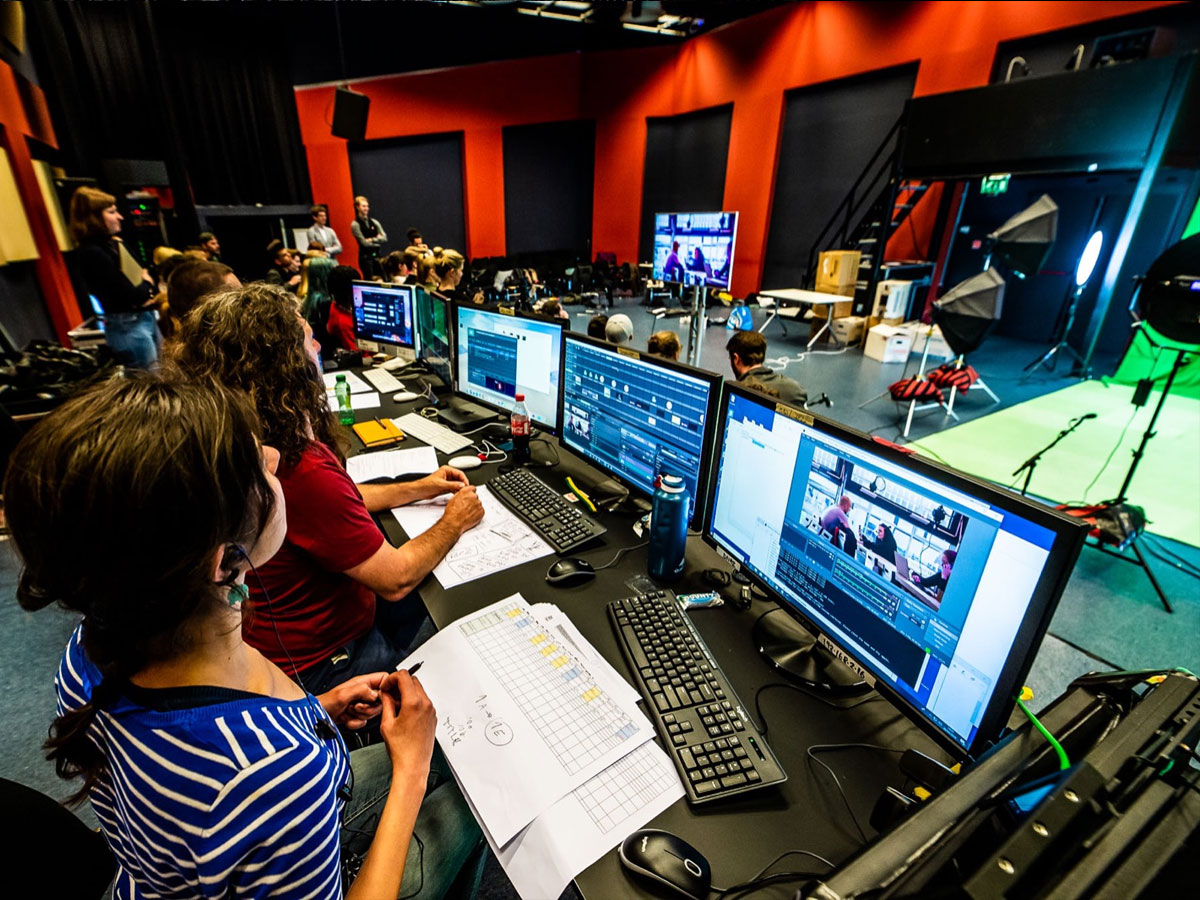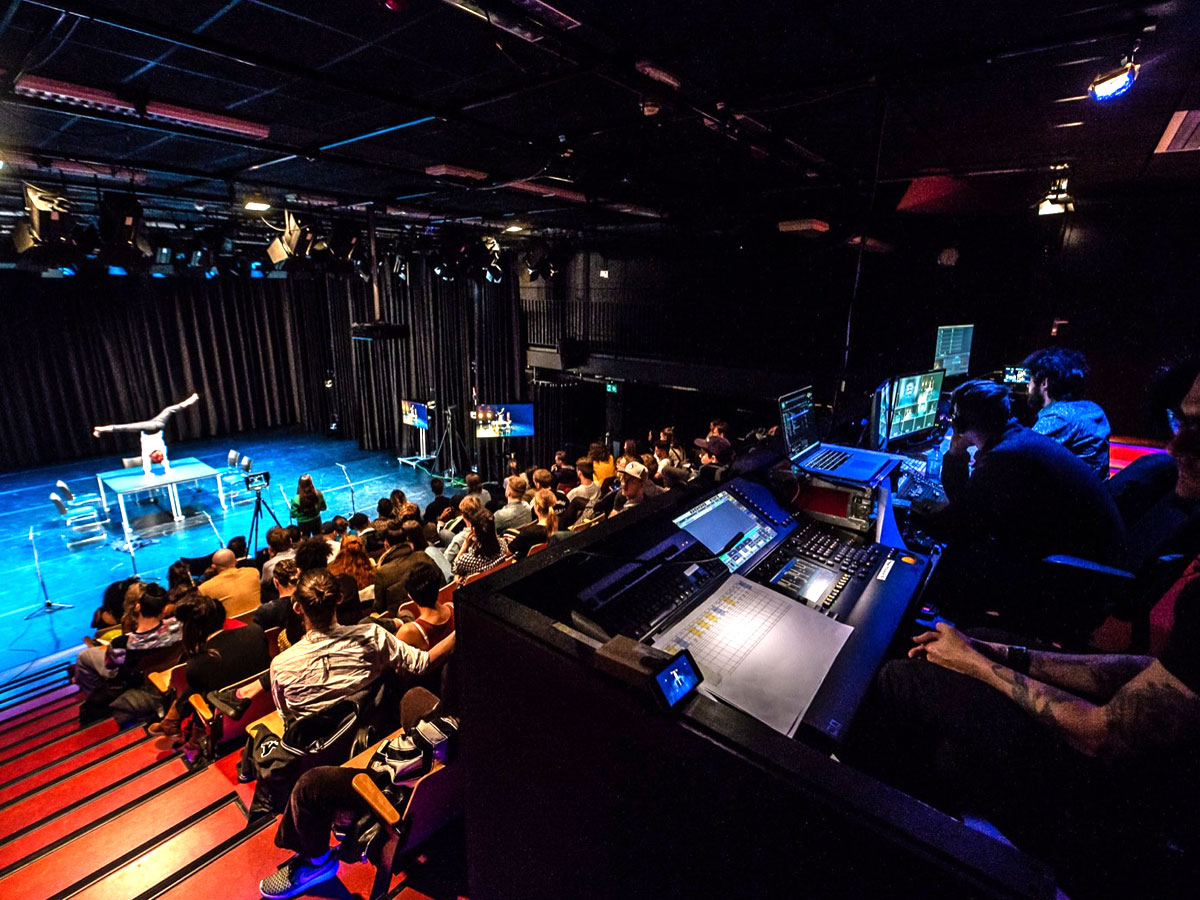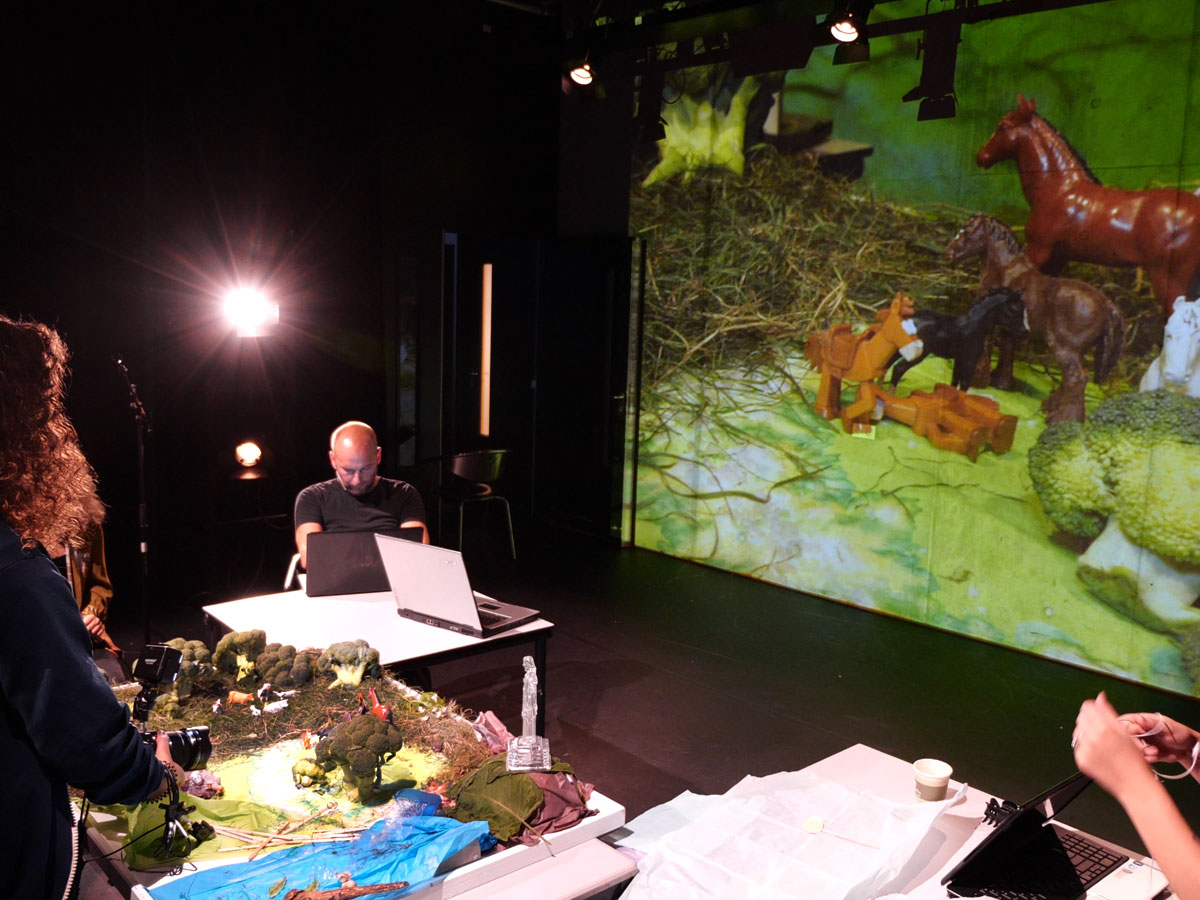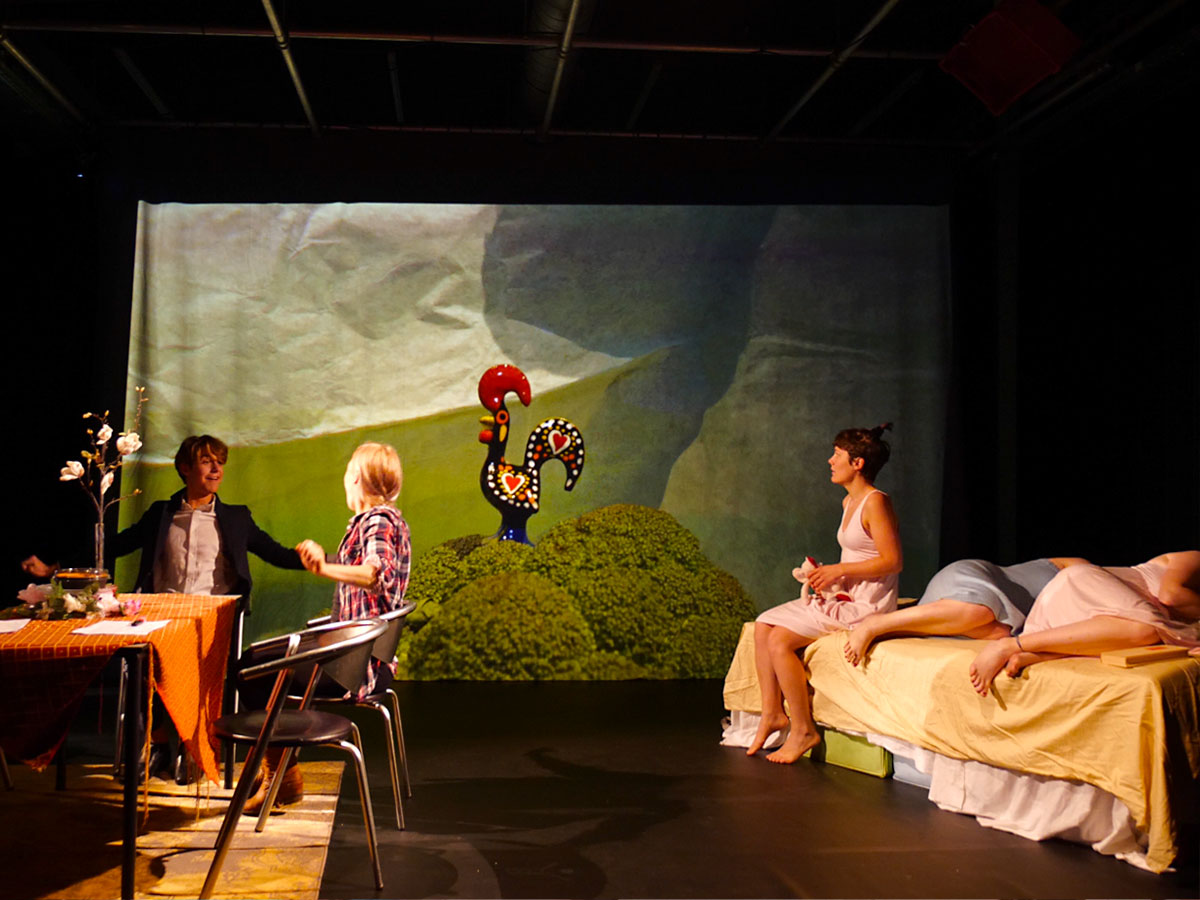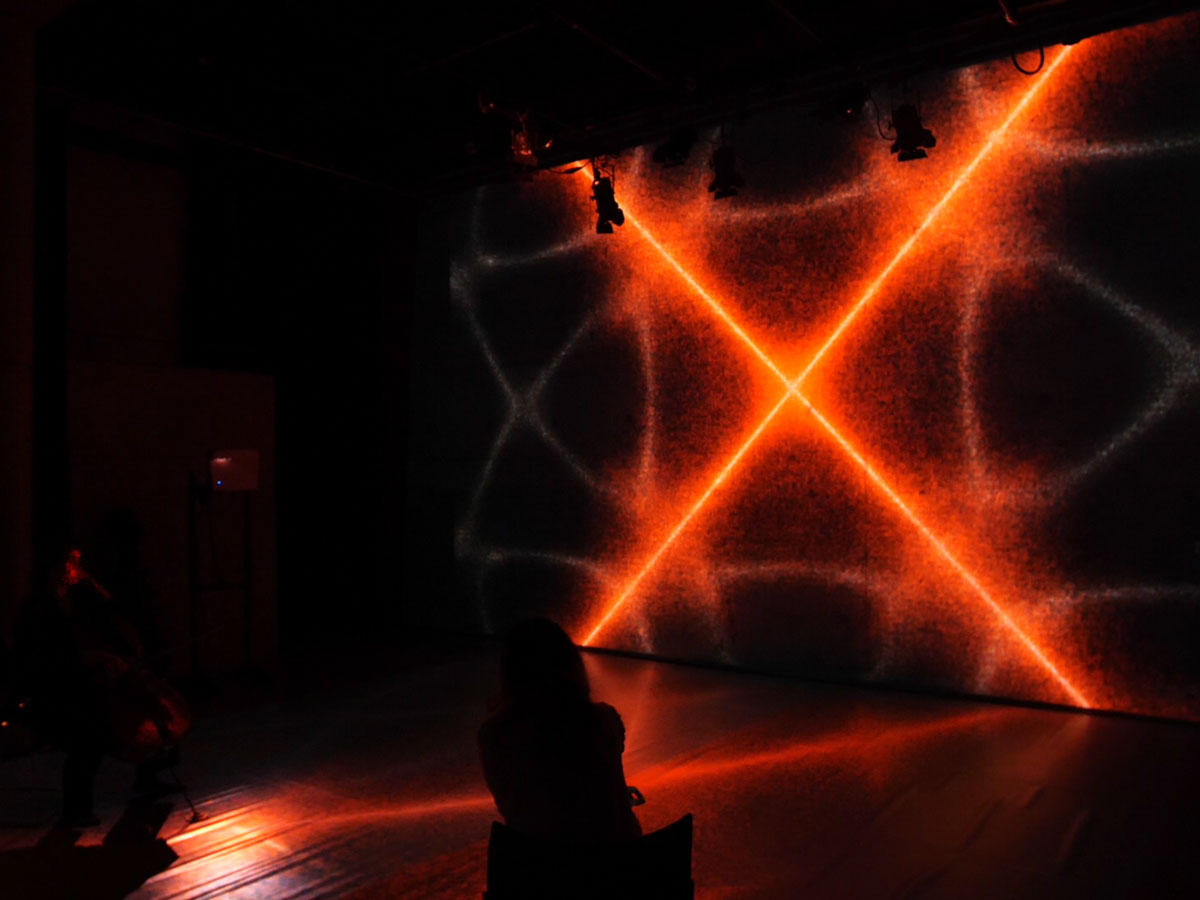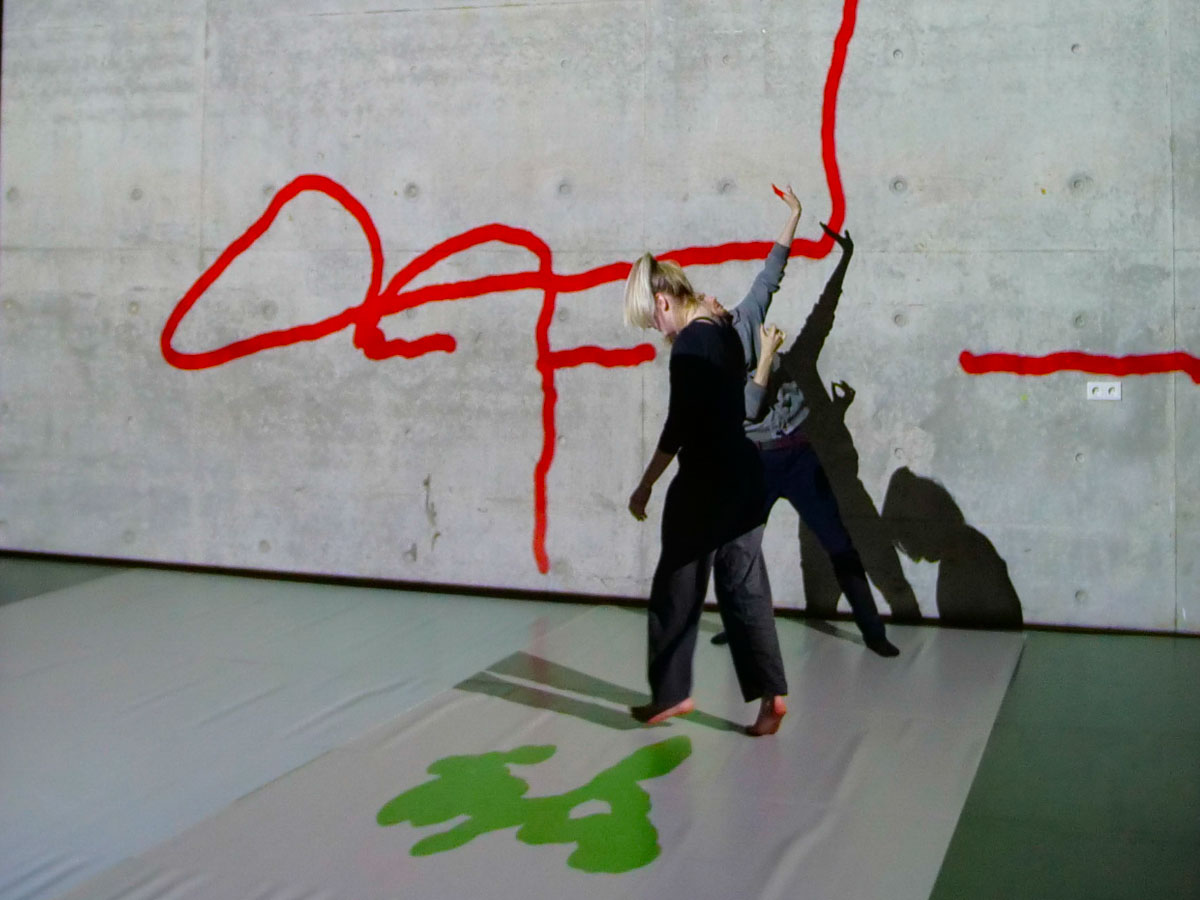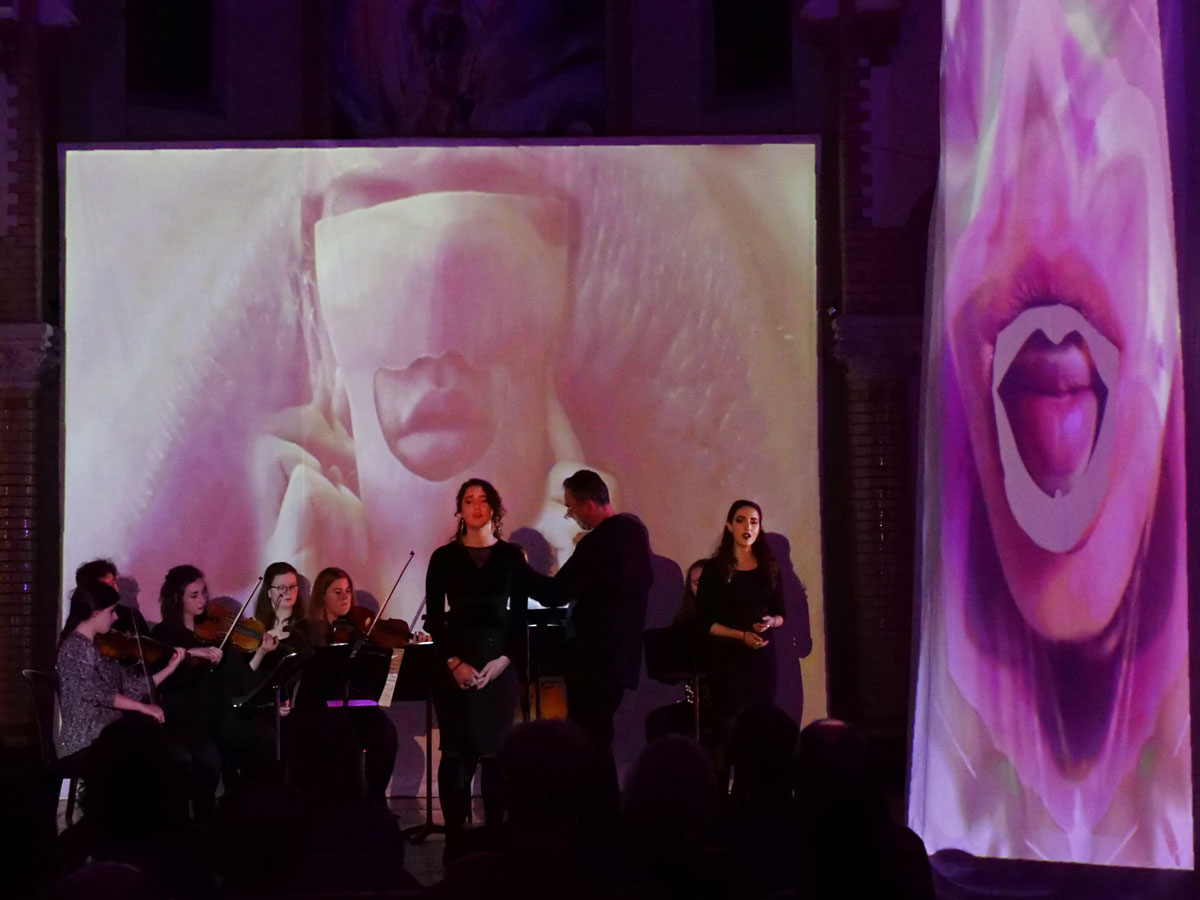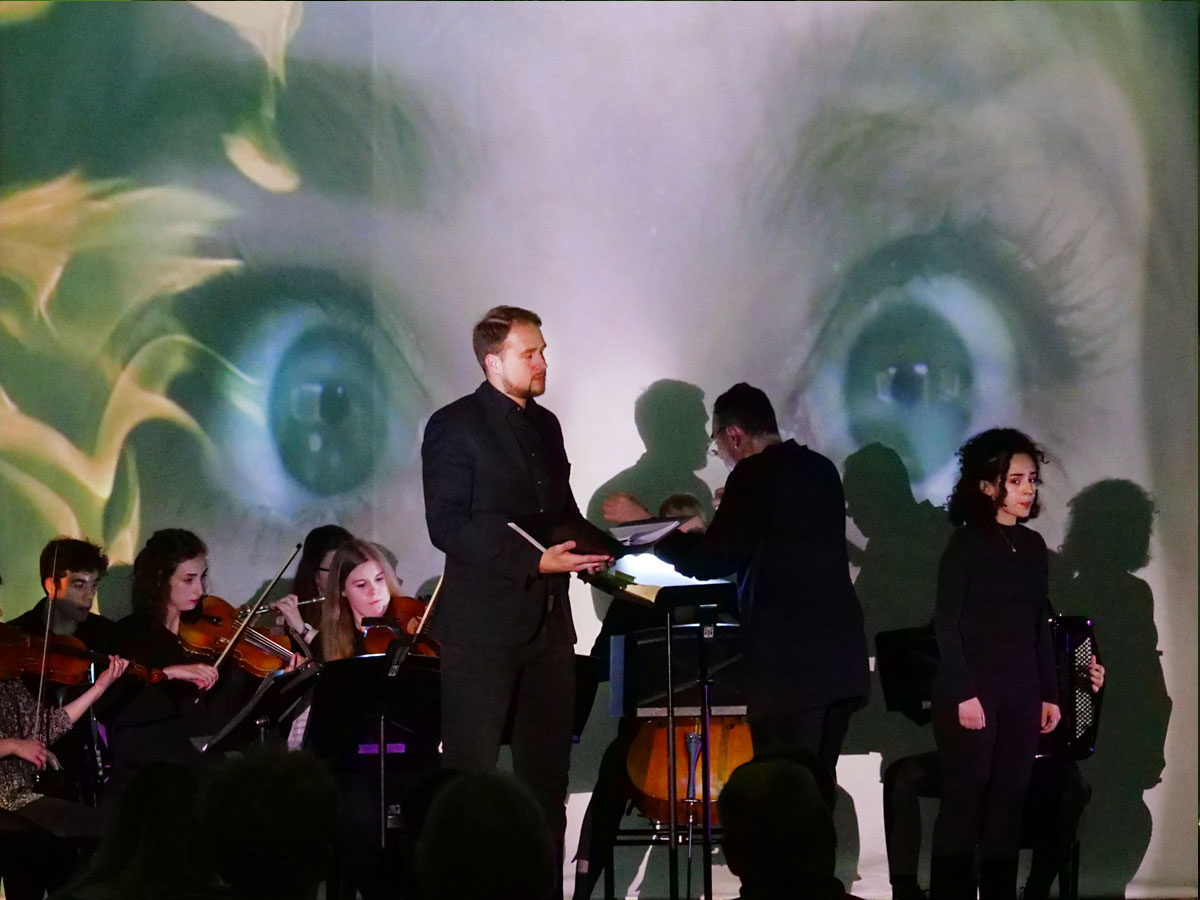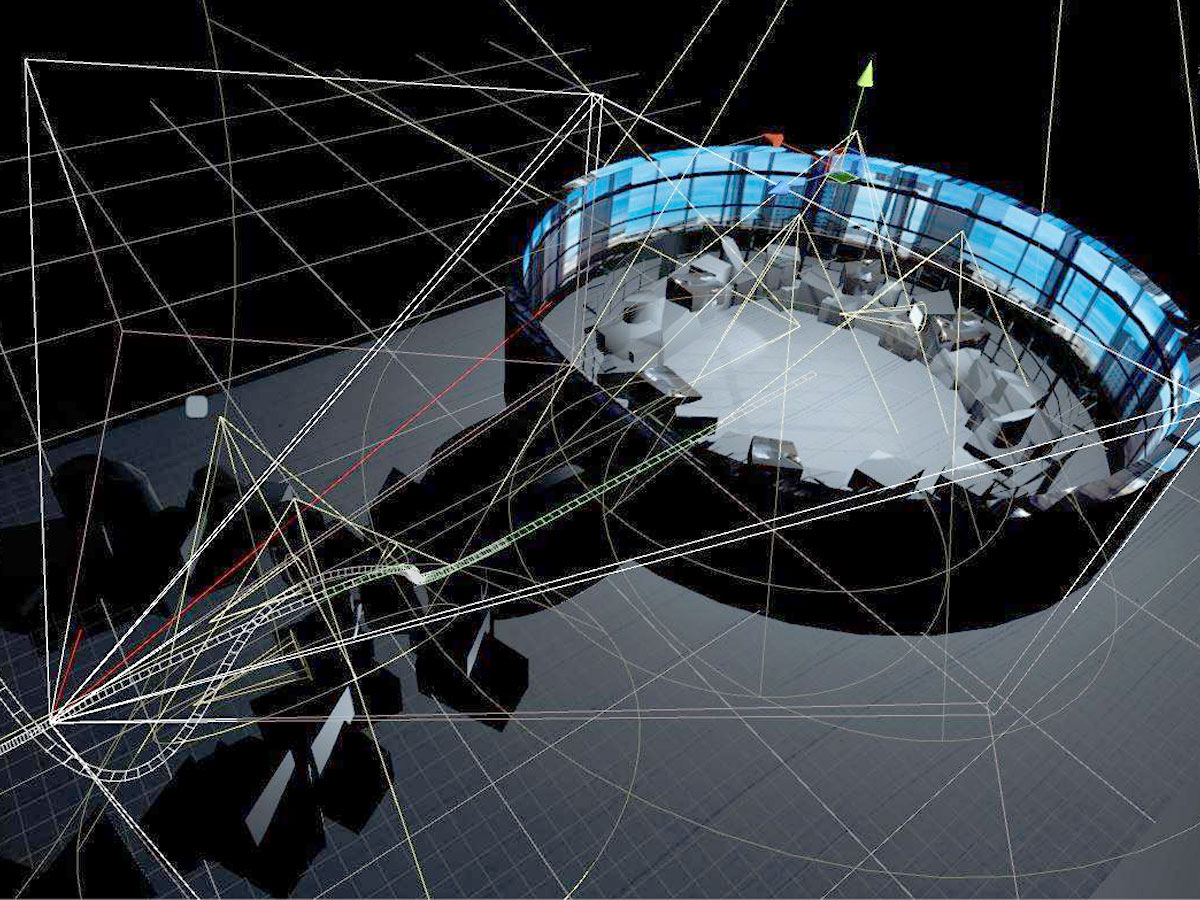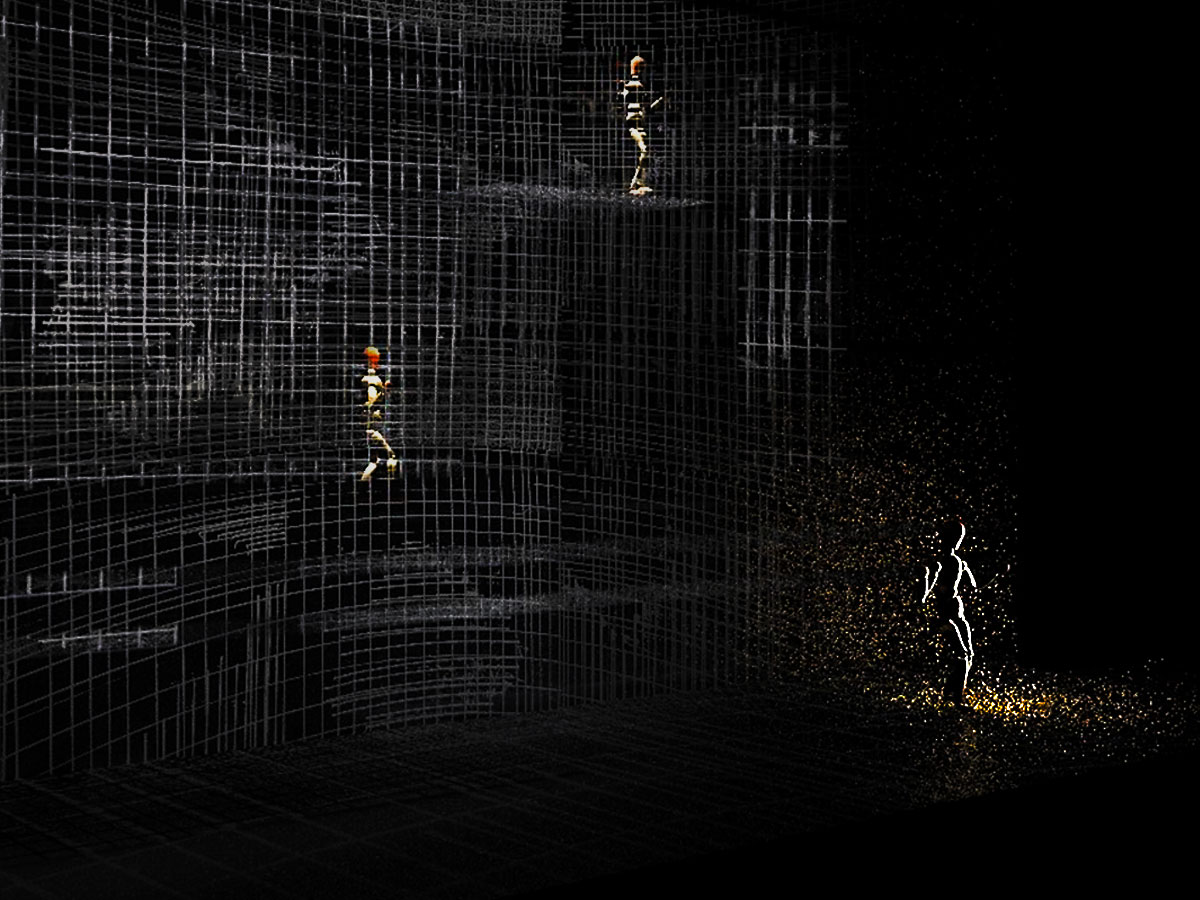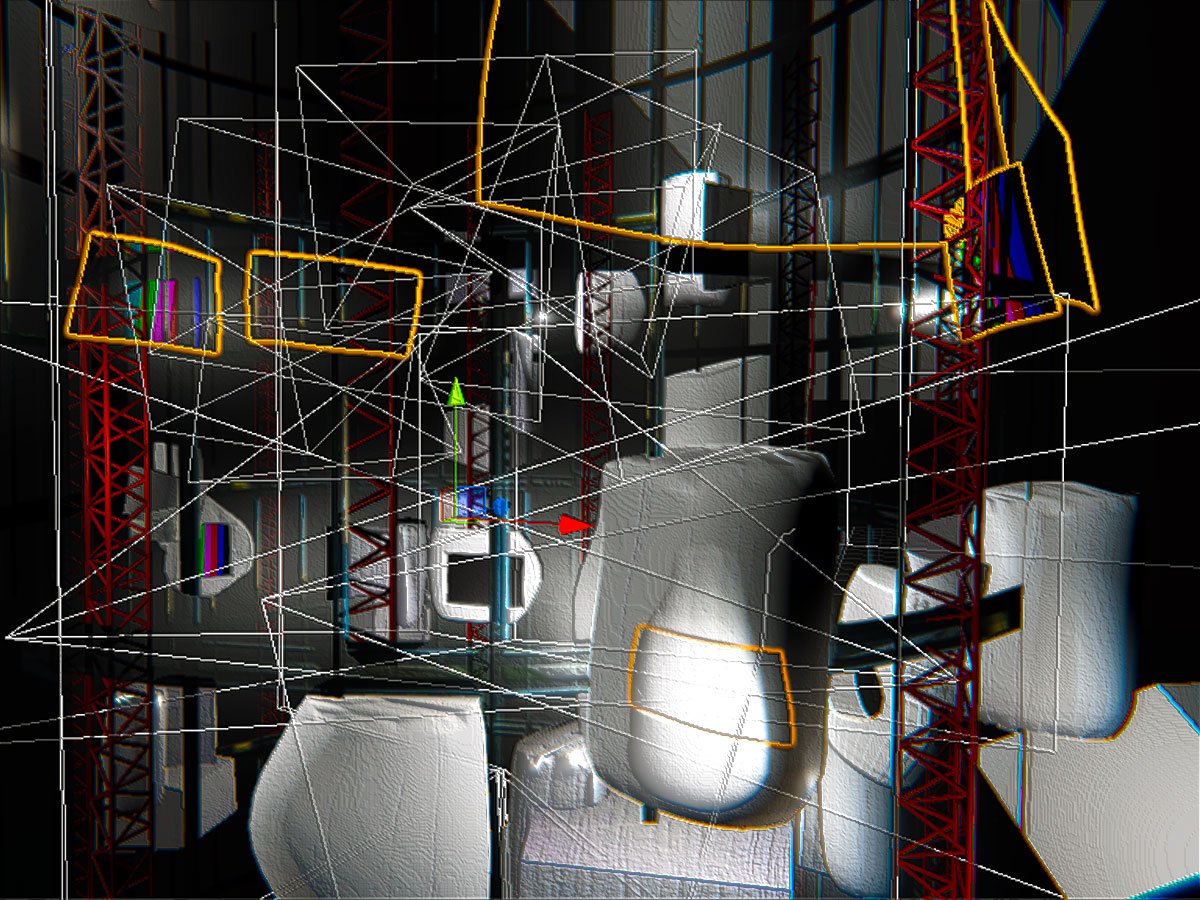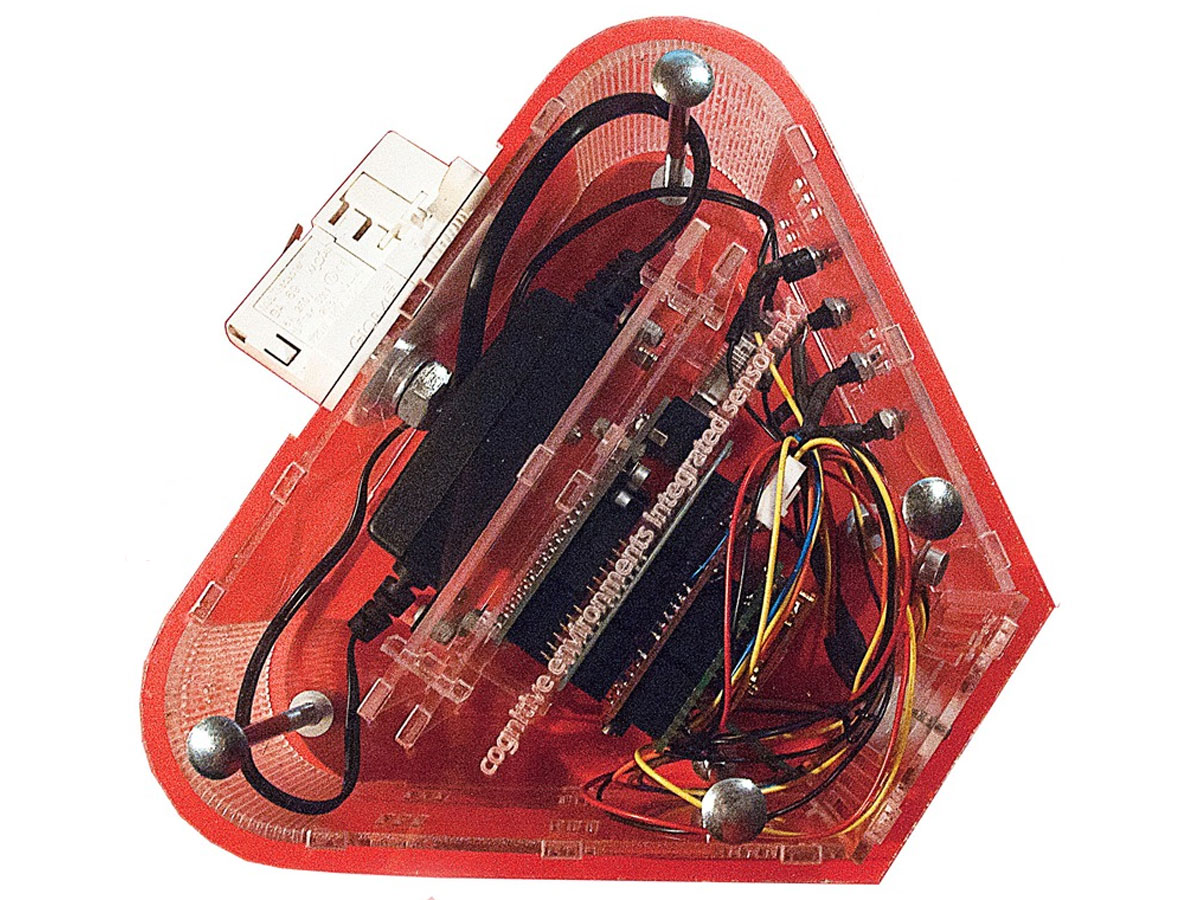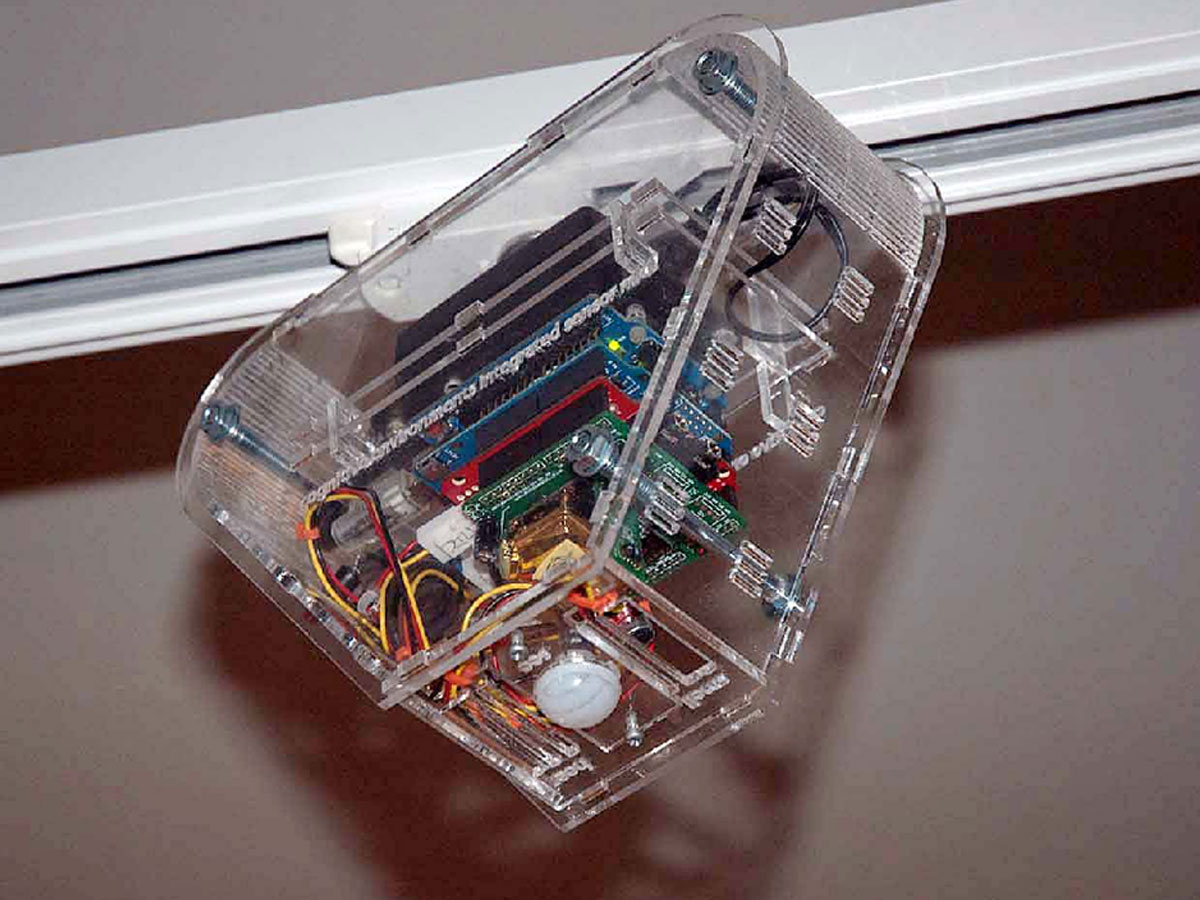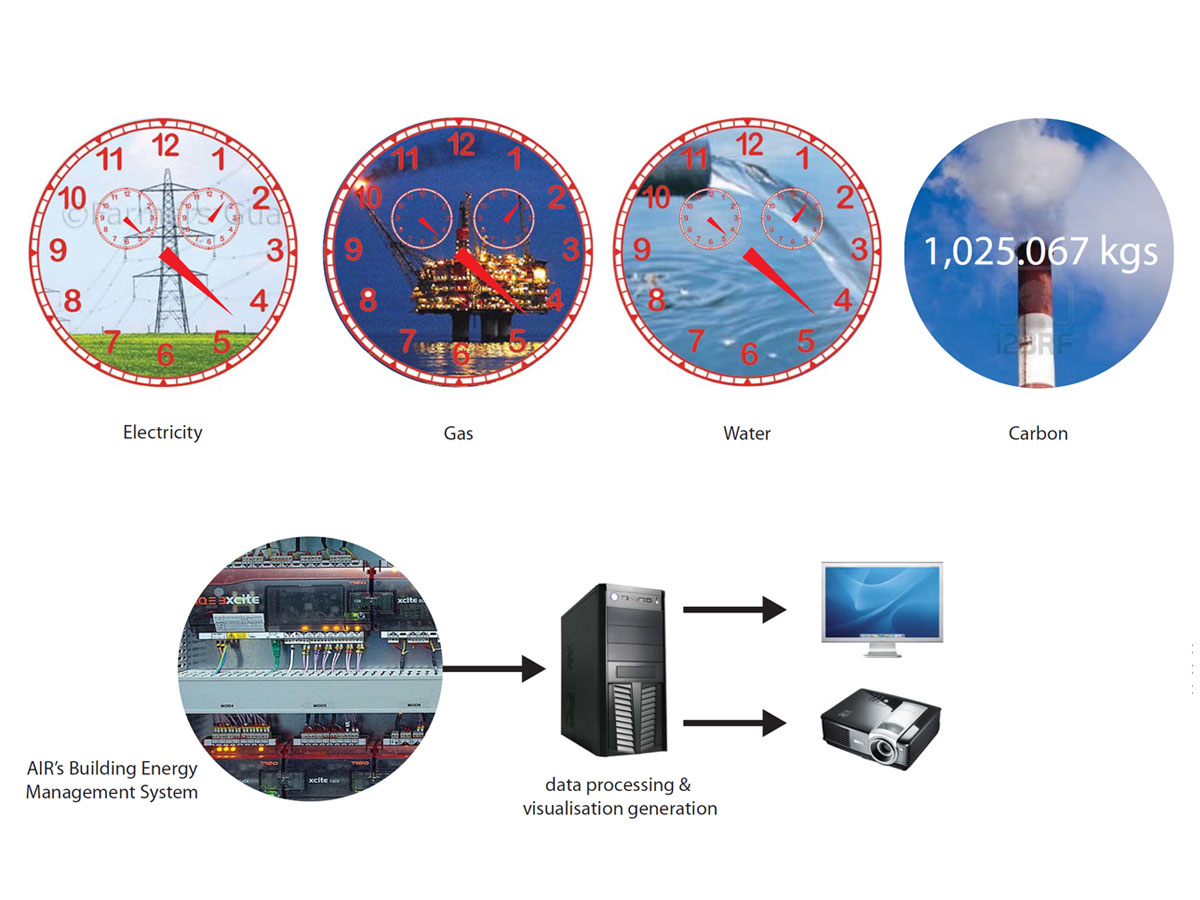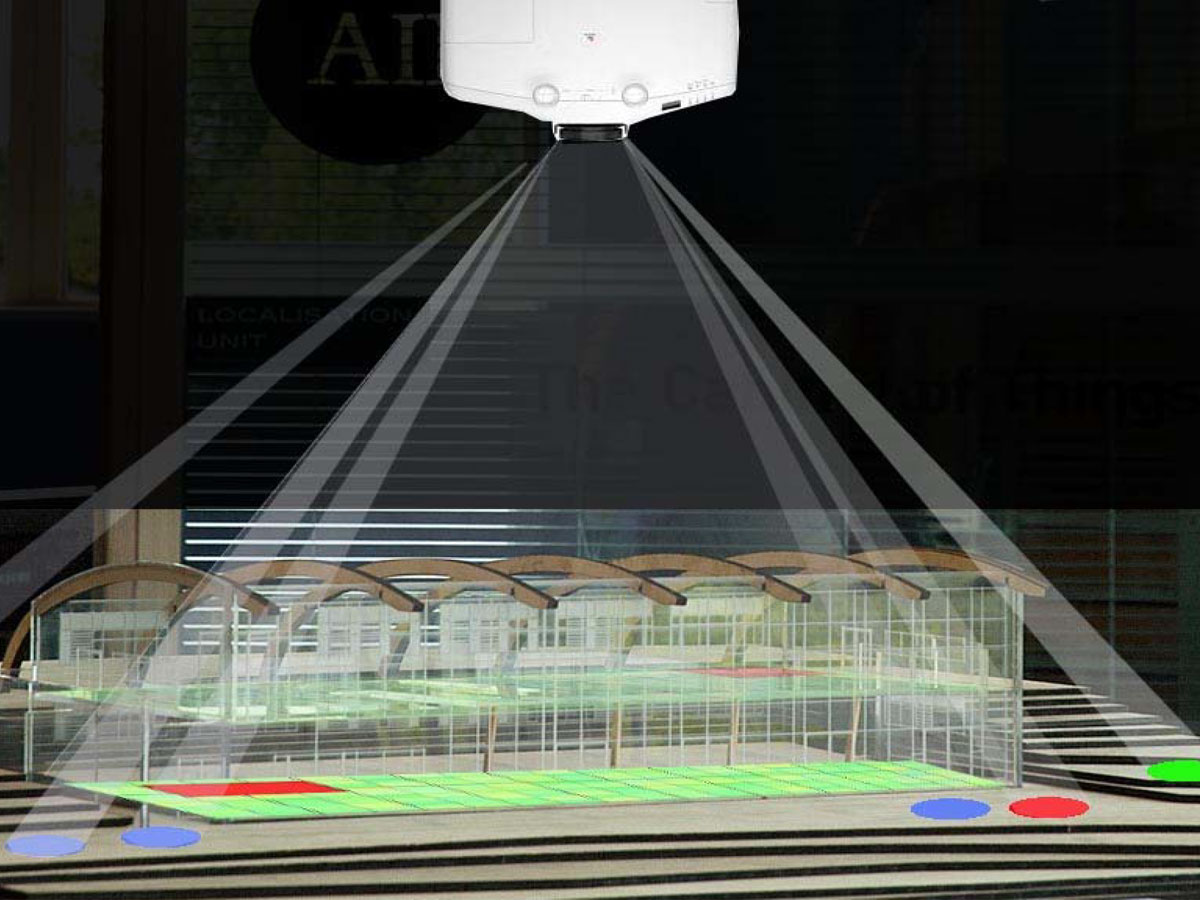Research and Teaching
Practice is informed by ongoing research in the arts and technology, with a keen eye to the science of the environment we share.
Research of the past 10 years has covered: artistic and technical approaches to exploring: X realities in networked performance, interventions to improve communication and habitation in cognitively enabled built environments, semiotic communication in interdisciplinary live performance, networked performance environments for amateur musicians, and edible urban roofs.
It is good to rub and polish our brain against that of others (Michel de Montaigne, 1533-92)
I believe in the power of developing and learning while collaborating with the next generation of artists and technologists. Recent teaching collaborations have included those with the Danish Royal Academy of Music (Copenhagen), the New World Symphony (Miami) and the Digital Networked Arts transdisciplinary teaching initiative in Tilburg. At Falmouth University in Cornwall, the Fascinate Digital Arts Conference and Showcase was created and events produced in 2013 and 2014.
Transdisciplinary Design Networks
Commencing 2020: Professor of Transdisciplinary Design Networks at the Design Academy Eindhoven (DAE).
DAE is one of the world’s leading design schools, recognised internationally for its forward-thinking and renowned professors and alumni. For over 70 years it has trained aspiring designers to make their mark on the future by thinking freely and openly about what design can achieve, consistently exploring design as an instrument of material, social, environmental and critical innovation.
Transdisciplinary Design Networks (TDN) comprise of technological and societal domains, they support the investigation of how macroscopic approaches can be leveraged to address global system-of-system challenges. TDNs are enabled through new tools and methodologies, ones with which creatives can work collaboratively to better comprehend and address the challenges that are the result of global systems dynamics: networked workspaces that enable collaboration regardless of location, that support rich interactive visualisation across realities. The creation of such environments supports the transdisciplinary investigation and development of designed solutions to planetary challenges. These networked environments provide a greater understanding of the interaction of such complex systems through the communication of those complexities beyond domain experts. It builds on existing original research in the use of X-Reality networked environments in arts practice and education. to investigate issues around planetary analysis, comprehension, design and communication.
Digital Networked Arts
The Digital Networked Arts (DNA) initiative at the Fontys School of Fine and Performing Arts in Tilburg, The Netherlands was established by Studio Biscoe in 2018. The objective of the programme is to further the use and understanding of digital and networked technologies, the benefits they offer to artistic development across the many education lines at the school, in visual arts, theatre, music, dance and new circus.
A core delivery method of the DNA programme is through annual workshops, where students from different arts disciplines come together to investigate a common theme. In a recent example, students were challenged to question the role of social media as a reliable source of information; leveraging the allegory of Plato’s Cave. The presentation environment compromised two networked theatres: one (the world above) was equipped with fixed and handheld cameras and a projection screen; the second (the cave) was equipped with a networked rear-projection environment; networked audio was also provided. In each of the performances by six groups, the audience was split between the two venues, meeting in an intermission location between each performance to exchange their views of the whole. In this transdisciplinary environment, students learnt how to use new digital technologies in performance and presentation, collaborate across specialisms, using DNA as a shared macroscope to examine the impact of the digital on their own being and future possibilities.
X Reality Networked Performance
Networked performance is an artistic performance that occurs simultaneously across physically distributed spaces, and which by means of a communications network allows the participants to collaborate in a single event. X reality networked performance extends on this definition to encompass a network of simultaneous realities across the nodes of a networked performance, where X represents the variable superset of the combinations of realities on the reality‐virtuality continuum, fictional realities, the interactions with and between them, and between the objects existing therein (including physical and virtual performers, and the audience).
Over the past five years, this research has employed a systems integration approach to arts and technology, developing an environment for the delivery of X reality networked performances. These projects connect physical, fictional and computer generated realities in a new world of performance, one that is without geographical bounds and that can include many physical locations – with their own performers and audience members – within a single event. They explore a unique medium while drawing on historical and contemporary performing arts practices that world normally occur within the confines of a single physical location. New systems have been developed to support the research and ongoing arts practice, ones that enable reliable real-time data fusion and communication across the reality-virtuality continuum in geographically separated shared environments,
The research has been documented as the subject of a PhD thesis and forms a critical component of Studio Biscoe’s work in new forms of artistic performance. Work continues to examine the potential for this form of live performance, the opportunity it provides to explore spatial and human relationships at a macroscopic scale of connectivity.
Cognitively Enabled Built Environments
An investigation – through the fusion of art, science and technology – regarding approaches to resolving the disconnect between inhabitants of the built environment, the systems that control them, and the architects and engineers that design and maintain them. Specifically, the research examined the realisation of new forms of augmented reality artworks and crafted IoT (Internet of Things) devices to facilitate communication between disenfranchised inhabitants of buildings controlled by “faceless” building management systems. The research also looked to how these approaches might inform architects in designing and maintaining the comfort and efficiency of built environments for the species that inhabit them.
The research saw the development of a range of integrated sensor sub-systems (based on the Arduino platform) which combined discrete sensors for movement detection, audio analysis, temperature, Co2 and humidity, communicating real-time updates via a ZigBee wireless mesh. The sensor systems were designed to be visible to occupants of a shared building. encouraging them to be curious and interact with them, and to not consider them as some form of hostile monitoring. The coupling of the sensor units with industry standard track-lighting adapters meant that they could be placed easily anywhere within the building, without cabling or battery issues. Scale models of the host building (a multi-level open plan office complex) used for the research, were projection mapped with processed sensor data so the inhabitants could better understand in real-time the environment they were sharing.

